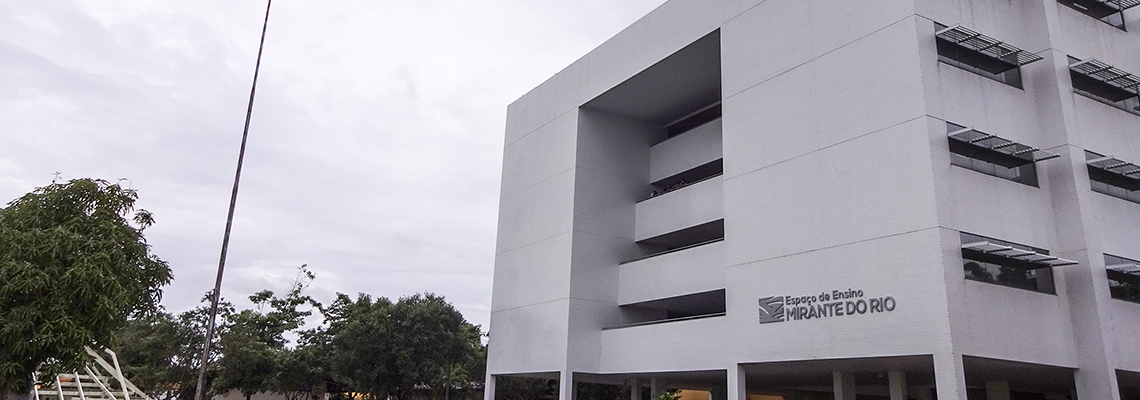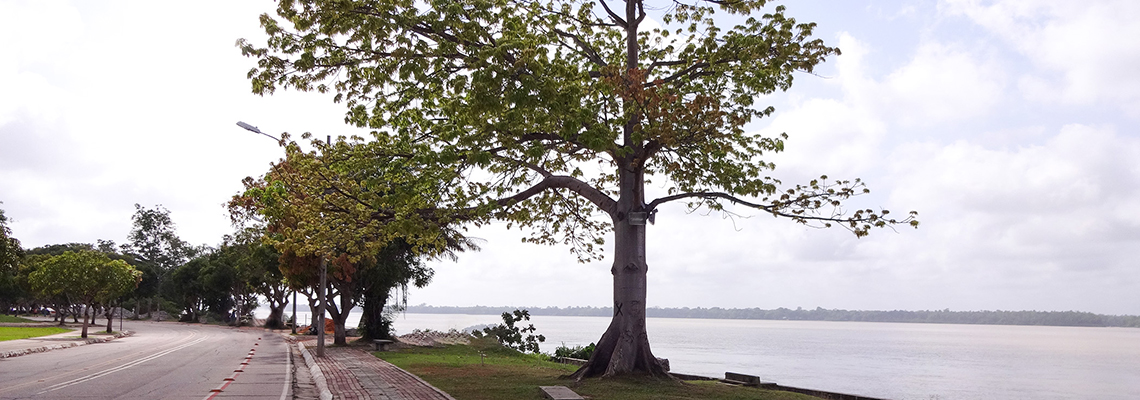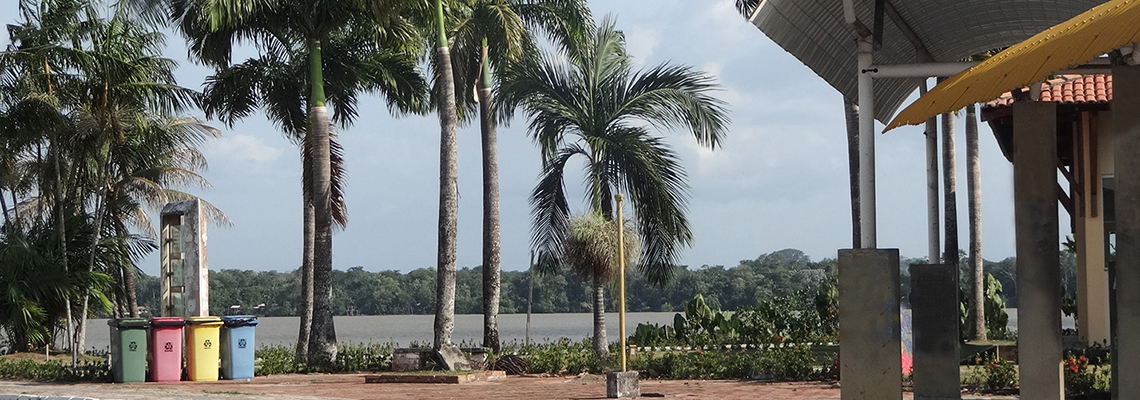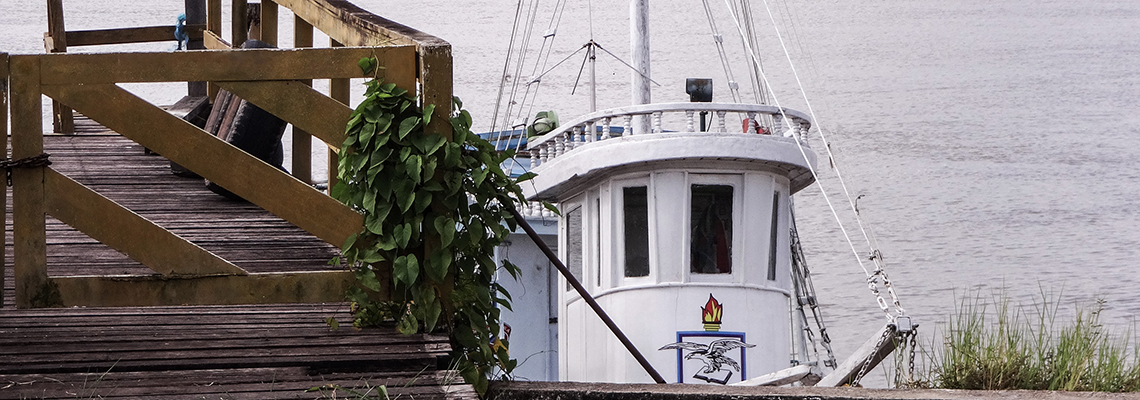Offer of vacancies
The PPGEAP receives annually several students from other Postgraduate Programs of the North Region, as well as special students still not linked to any Program, but who are indicated by one of the permanent staff or collaborators.
Environmental awareness
Graduates on the Program were hired by private companies to carry out environmental awareness work with riverside communities and environmental impact studies of nearby projects or with potential impact on aquatic environments (IMAZON, Vale do Rio Doce, Companhia Docas do Pará, Terra Meio Environment, VLI, among others).
Support to riverine communities
PPGEAP teachers work to improve the quality of life of riparian populations through the training of community environmental agents, understanding and mediation of conflicts generated by Fisheries Agreements, elaboration of alternatives to obtain food and income and mitigation of the impact of fishing in ocean environments.
Study of Ichthyofauna in the northeastern region of Pará
The Bragantina region is one of the most populated areas of the State of Pará, and this reality implies intense exploitation pressure on native fish, alteration of land use, extraction of water for Human consonance and introduction of non-native fish in aquaculture. However, the native ichthyofauna of this area is still not well known, with most studies concentrated in a few fish groups. This project will provide subsidies for the knowledge about fish in the region, with refined spatial and temporal samplings to determine the fish assemblages found. The environments will be sufficiently detailed so those future impacts on the region can be properly measured and monitored.
Estudo de ameaças à conservação da biodiversidade na Terra do Meio
Program, through a research project, seeks to study, identify and identify current and potential threats to natural resources, especially in areas with a greater Human presence in the Ecological Station of Terra do Meio (ESECTM), Pará. activities are being carried out: evaluation of the deforestation polygons in ESECTM and environment; effort characterization and hunting pressure; survey of information on fishing, domestic animals, chestnut extractivism and the occurrence of prospecting along the rivers Iriri and Novo. The results will be consolidated in a report containing the threats and recommendations for management actions in order to minimize and, where possible, eliminate such problems.








